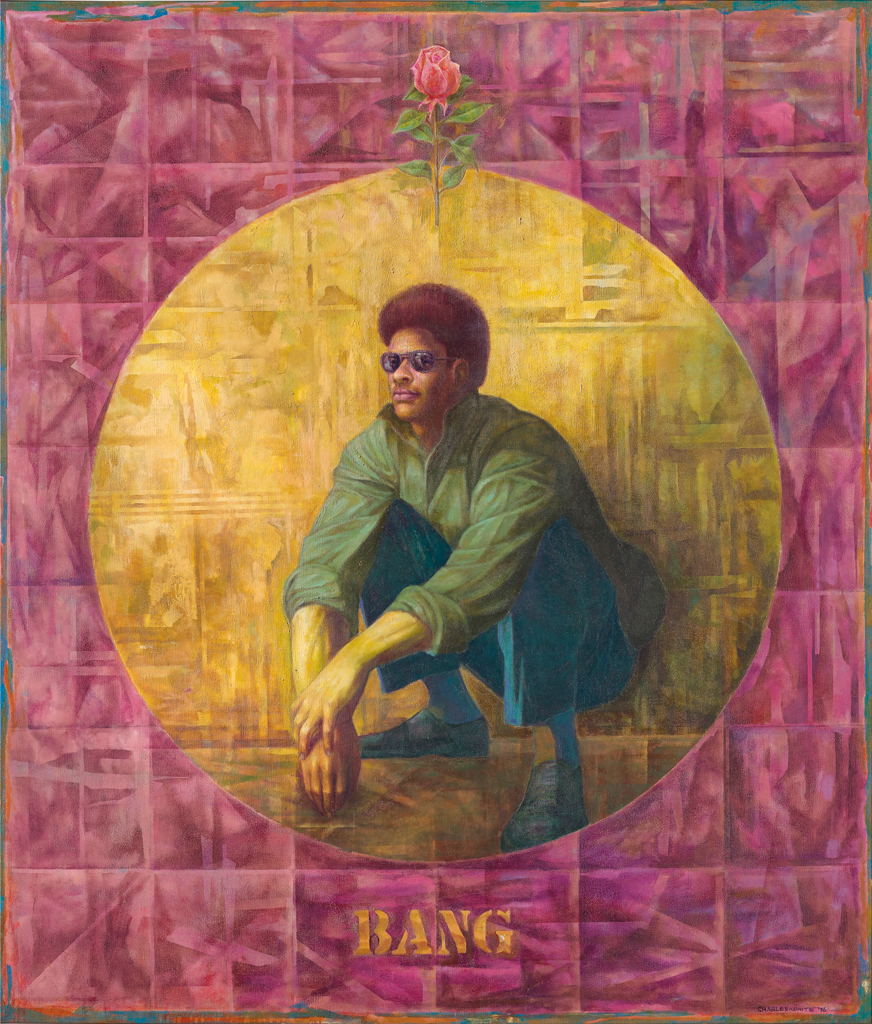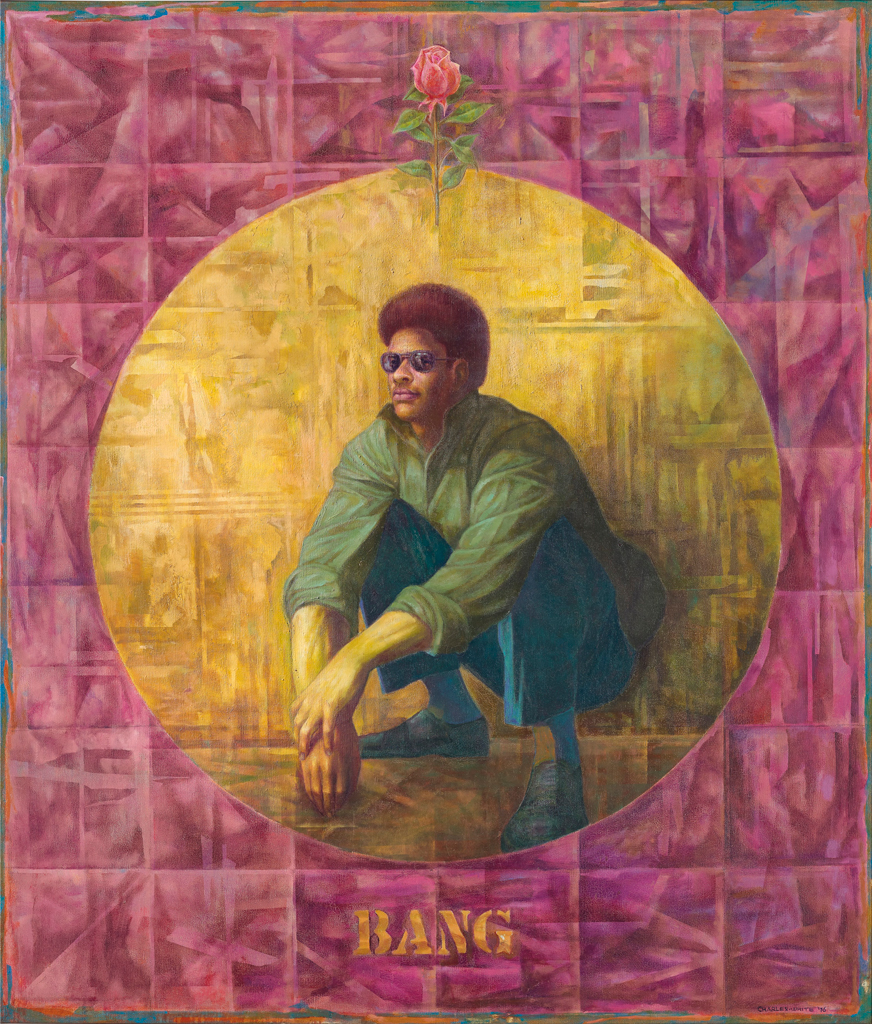[ad_1]

Christie’s New York will offer Charles White’s 1976 oil painting Banner for Willie J. at its postwar and contemporary evening sale in November. The work carries an estimate of $1 million to $1.5 million.
CHRISTIE’S IMAGES LTD. 2019
As the fall art season continues apace, the major auction houses are beginning to reveal what will be on offer during their key evening sales in New York in November. In a first, Christie’s will offer in its evening postwar and contemporary sale a piece by Charles White, the legendary draughtsman best known for his works on paper.
The work to be sold on November 13, White’s 1976 oil painting Banner for Willie J, was featured prominently in the artist’s 2018 traveling retrospective, which originated at the Art Institute of Chicago before making stops at the Museum of Modern Art in New York and the Los Angeles County Museum of Art. If it sells for within its presale estimate of $1 million to $1.5 million, it would double White’s current auction record of $509,000, which was set in 2018 at Swann Galleries in New York.
White created Banner for Willie J. to honor the memory of his cousin, who had been murdered as an innocent bystander during an armed robbery at a bar. Relying on the conventions of historical portraiture, White places Willie in a circular gold tondo frame. Above it is a red rose, which has historically been associated with Christ’s death. The mix of historical and contemporary continues throughout the picture, with Willie appearing in clothes and shades of his era and the word “BANG” placed below the tondo.
“My work takes shape around images and ideas that are centered within the vortex of a black life experience, a nitty-gritty ghetto experience resulting in contradictory emotions: anguish, hope, love, despair, happiness, faith, lack of faith, dreams,” White said of his work in 1972.
Alexis Klein, a senior specialist in postwar and contemporary art at Christie’s, said that because White is better known for his drawings on paper, this work holds significance within his overall oeuvre, as it was one of the few paintings he produced throughout his career. (A lung condition limited his ability to paint, she said, because of the adverse effects of oils and other materials.)
“This work comes toward the end of his career,” Klein told ARTnews, “but I think in many ways it comes as a culmination and celebration of his work. You see what an extraordinarily talented artist he is, with his tremendous depiction of the figure.” Equally important, she said is that “the work is also a social commentary on the tragedy of Willie’s death.”
According to the Financial Times, the work’s previous owners were Mr. and Mrs. Richard Wyatt Sr., the parents of one of White’s students at Otis Art Institute in Los Angeles. The couple, who acquired the work in 1978, the year before White’s death, were listed as the lenders to the recent retrospective in its catalogue.
As with several other historical black artists, including Jacob Lawrence and Alma Thomas, secondary-market interest in White’s work is growing, thanks to his appearance in various notable museum shows, including Tate Modern’s recent traveling exhibition “Soul of a Nation: Art in the Age of Black Power 1963–1983.”
These exhibitions, Klein said, had “a huge impact on collectors, and I think a lot of artists from that generation are now getting long overdue attention. But I think there’s still a lot of room for growth.” She added that White’s practice as a teacher to some of today’s biggest art stars, including Kerry James Marshall and David Hammons, has helped raise his profile. “We’re learning about him, in a way, from his students,” Klein said, describing White as “the father of a generation of artists.”
The work’s appearance in the high-profile Christie’s sale could help further cement White’s standing in art history, according to Klein. “Now that this work is in a postwar and contemporary art context in an evening sale, this gives it the platform it deserves on par with other masterpieces of that period,” she said. “For us, the goal here is to contextualize it in that way.”
[ad_2]
Source link

